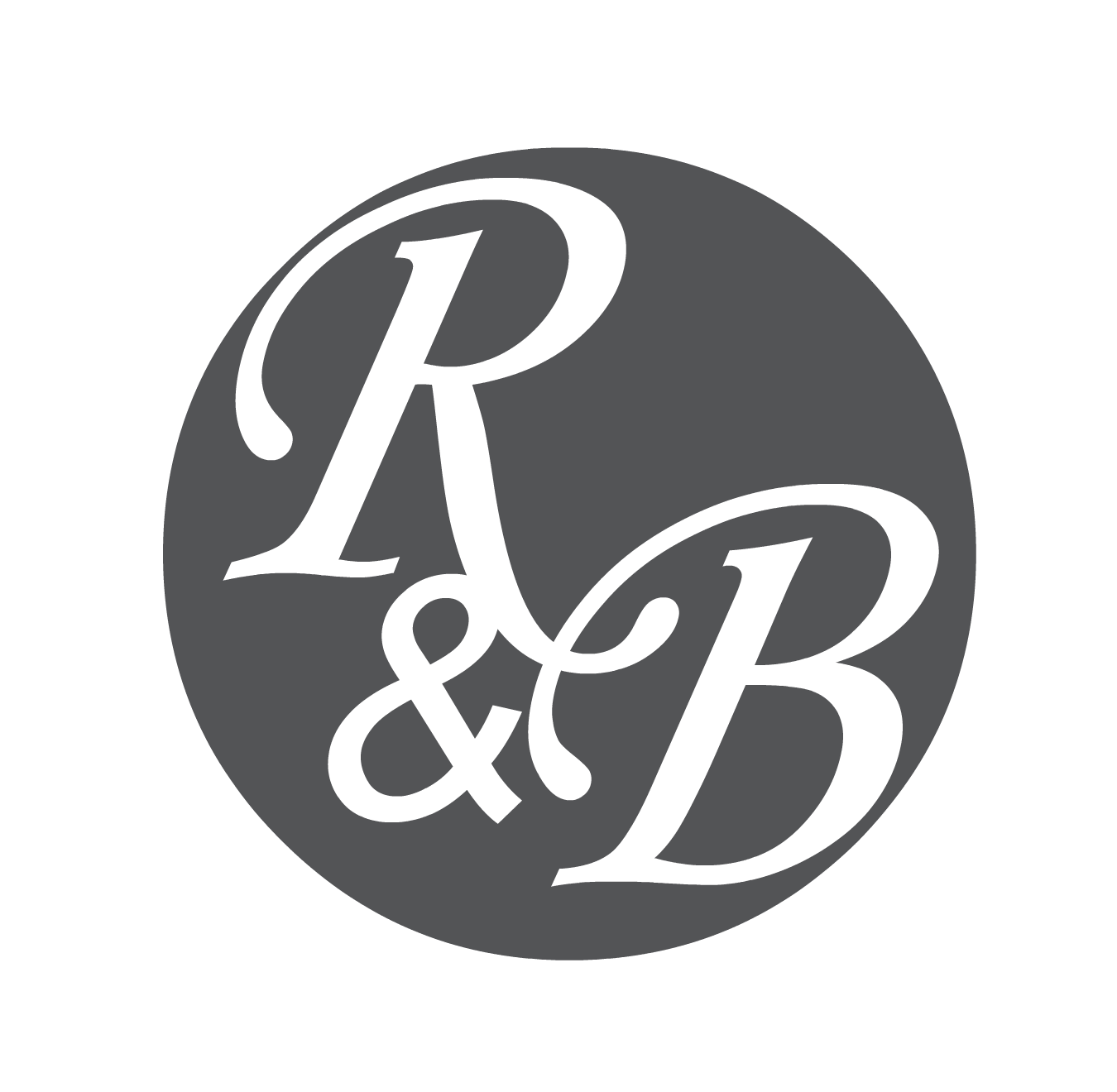When I first started working in Vietnam, I was filled with the usual mix of excitement and nerves that comes with any new job in a new place. But one afternoon, I received a phone call from a colleague that added an unexpected layer of anxiety to my day. He warned me about the person I was scheduled to fly with later that evening. According to him, this individual was not easy to work with—difficult, stubborn, and someone who wouldn’t back down in a disagreement. Prepared for the worst, I braced myself for a potentially contentious flight, my mind already conditioned to anticipate conflict.
But as the flight progressed, something remarkable happened. All my expectations were turned upside down. Instead of the adversarial experience I had braced myself for, I found myself in one of the most seamless and harmonious flights of my career. The person I had been warned about was cooperative, respectful, and fully engaged in ensuring the success of our operation. We worked together effortlessly, communicating clearly, respecting each other’s expertise, and contributing equally to the task at hand. Even now, almost nine years later, I remember that flight as a perfect example of what teamwork should be.
At the time, I didn’t know anything about NLP, psychology, or any of the other tools I’ve since come to rely on in my professional life. I hadn’t yet learned the principles that I now teach and apply daily. But looking back, I can clearly see that this experience embodied the essence of what I now understand as the acronym CREW: Collaborate, Respect, Engage, and Win.
Collaborate: That flight was a masterclass in collaboration. Despite my initial apprehensions, we worked together seamlessly, each of us contributing our skills and knowledge to ensure the flight’s success. Collaboration isn’t just about working together; it’s about recognizing and valuing the unique strengths that each person brings to the table. It’s about creating a synergy where the whole is greater than the sum of its parts.
Respect: Respect was the foundation of our interaction. We listened to each other, trusted each other’s judgment, and operated with a mutual understanding that each of us was committed to the same goal. Respect is what allows collaboration to thrive. Without it, communication breaks down, and the team’s effectiveness is compromised.
Engage: We were both fully engaged in the task at hand, participating actively in every aspect of the flight. Engagement means being present, both mentally and physically. It’s about taking initiative, contributing ideas, and being invested in the outcome. When everyone on a team is engaged, the energy is palpable, and the team becomes unstoppable.
Win: The result of our collaboration, respect, and engagement was a successful flight—a win for both of us. Winning in a team context doesn’t necessarily mean achieving a specific outcome; it means that everyone feels they’ve contributed to a shared success. It’s the feeling of accomplishment that comes from knowing you’ve worked together effectively and achieved something significant.
This experience was a pivotal moment for me. Although I didn’t realize it at the time, the principles of CREW—Collaborate, Respect, Engage, and Win—were at the core of what made that flight so successful. These principles have since become a cornerstone of how I approach teamwork and leadership. Every successful team I’ve been a part of since has embodied these same qualities.
Whether you’re working in aviation, a corporate setting, or any other field, the power of CREW can transform your approach to teamwork. It’s a simple yet profound framework that emphasizes the importance of collaboration, mutual respect, active engagement, and shared success. By embracing these principles, you can create an environment where everyone thrives, and the team achieves more together than anyone could alone.
Next time you find yourself in a team setting, think about CREW. How can you collaborate more effectively? Are you showing respect to your colleagues? Are you fully engaged? And most importantly, are you setting your team up to win together? These questions can guide you in creating stronger, more cohesive teams that are capable of achieving extraordinary results.

